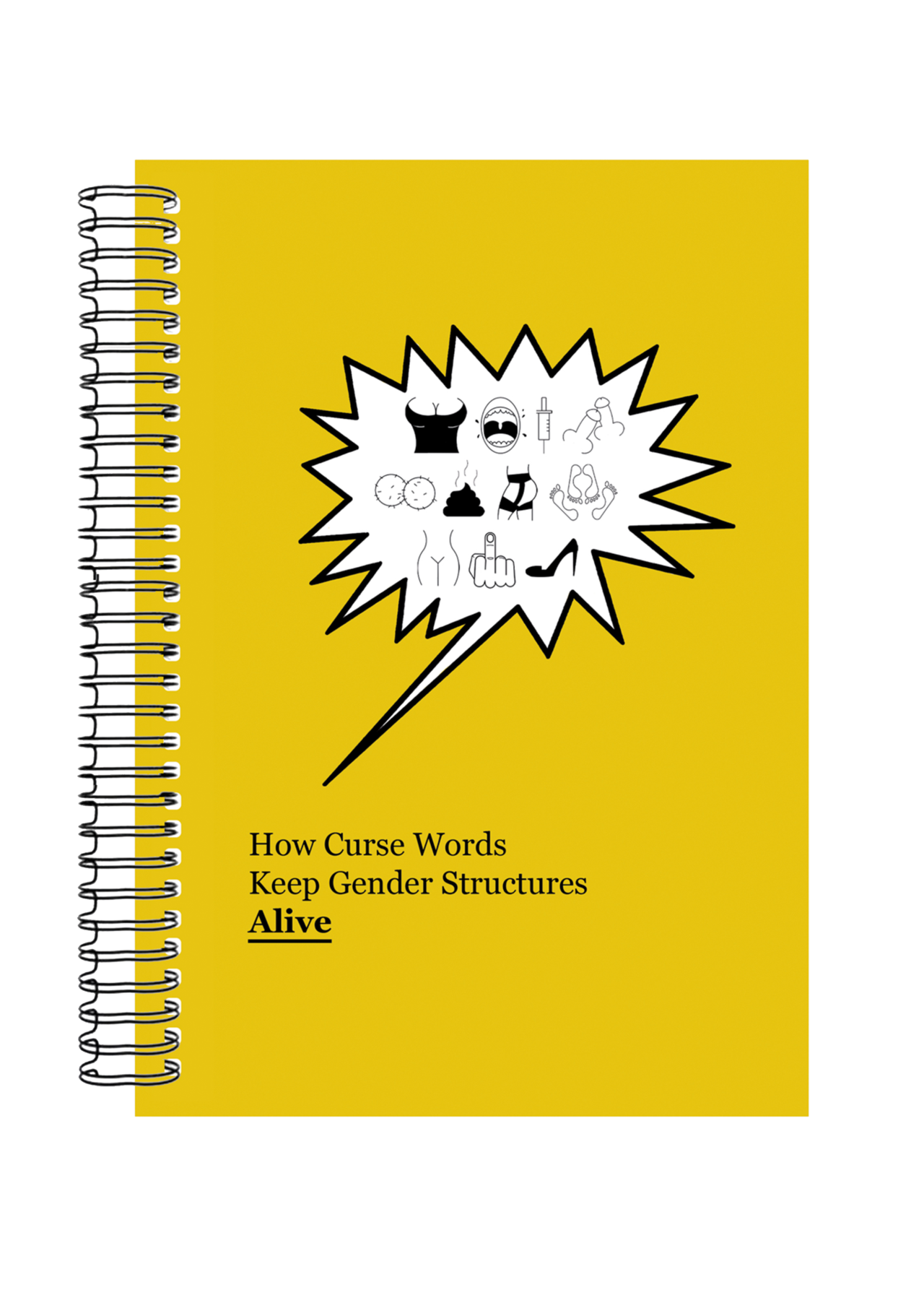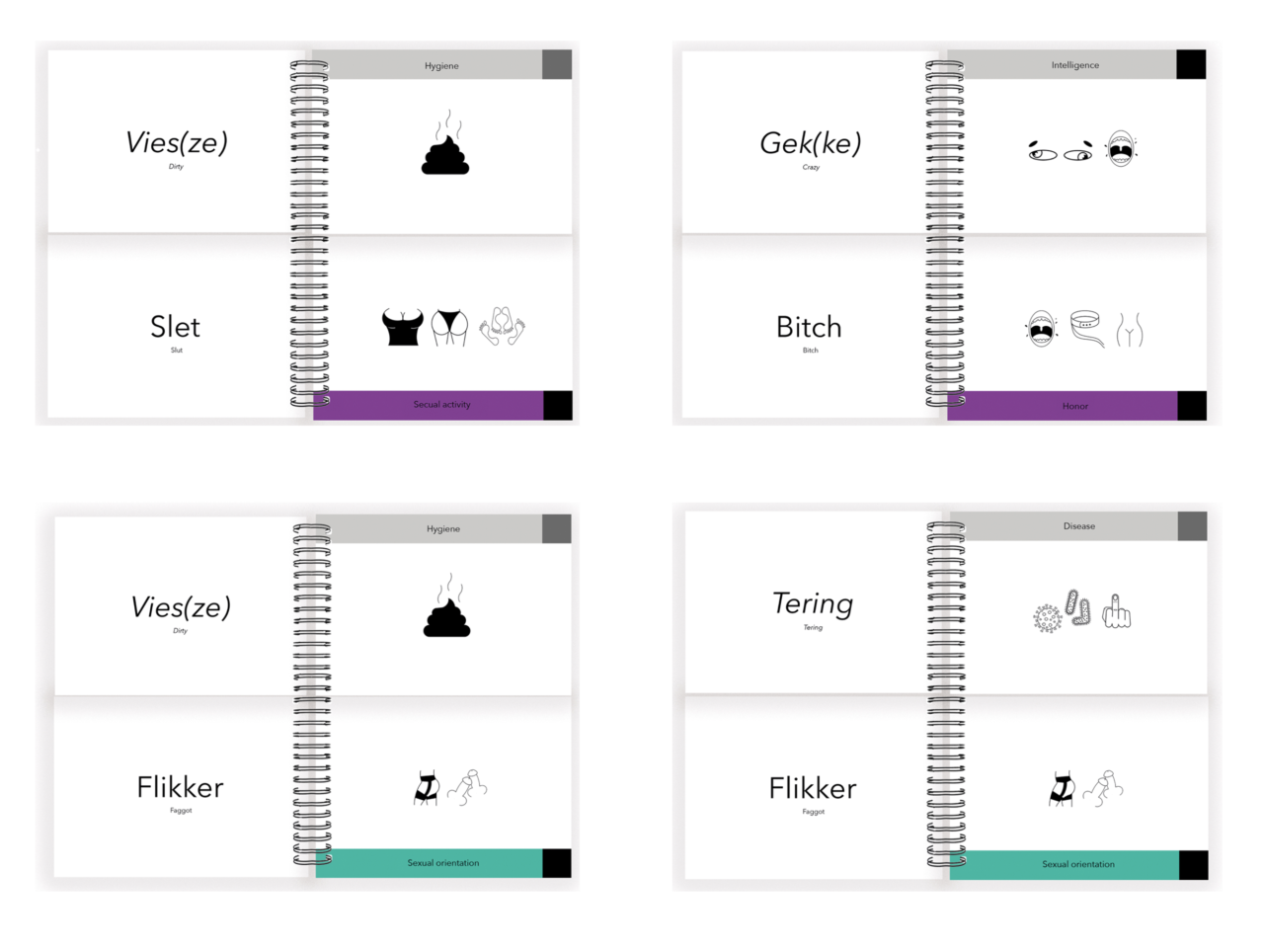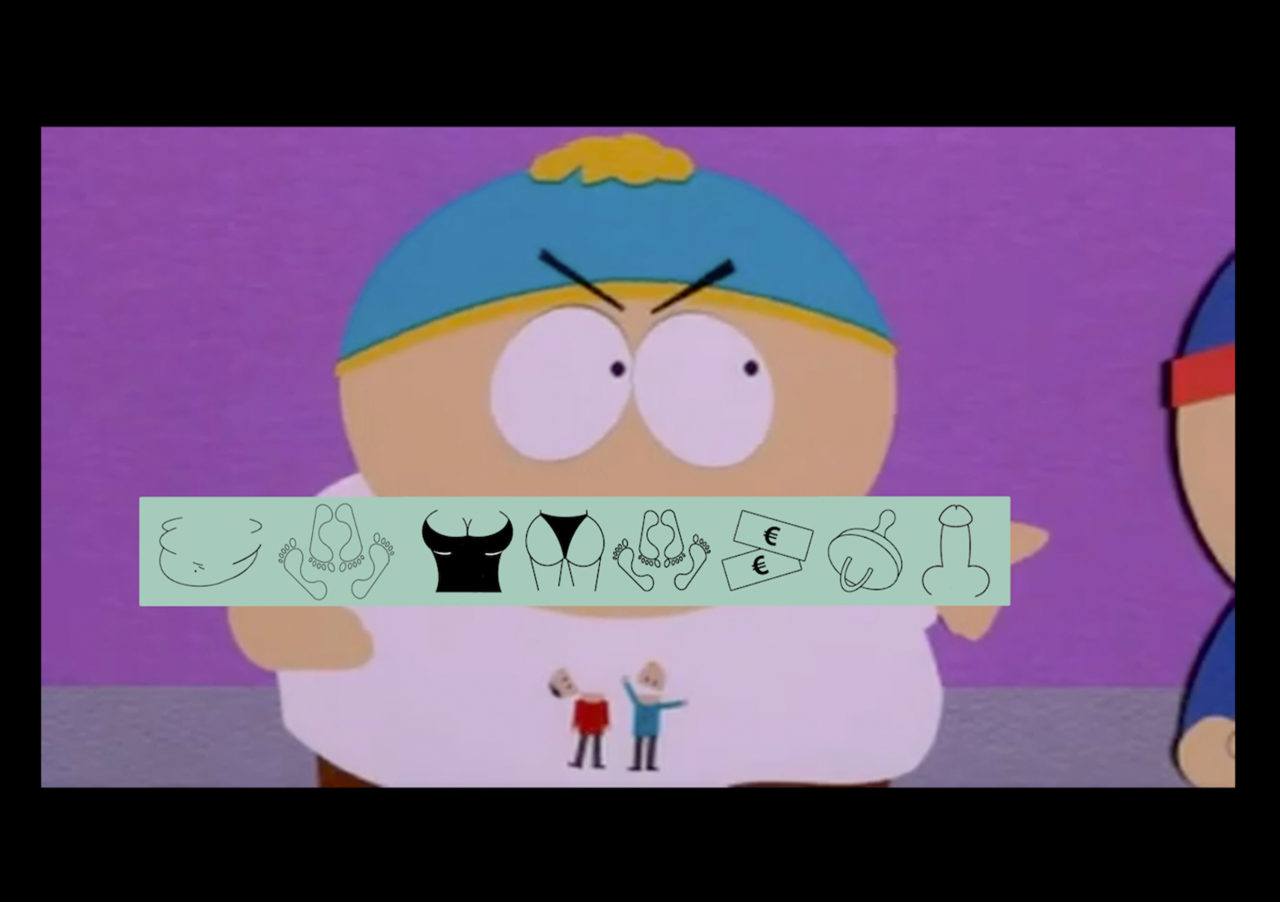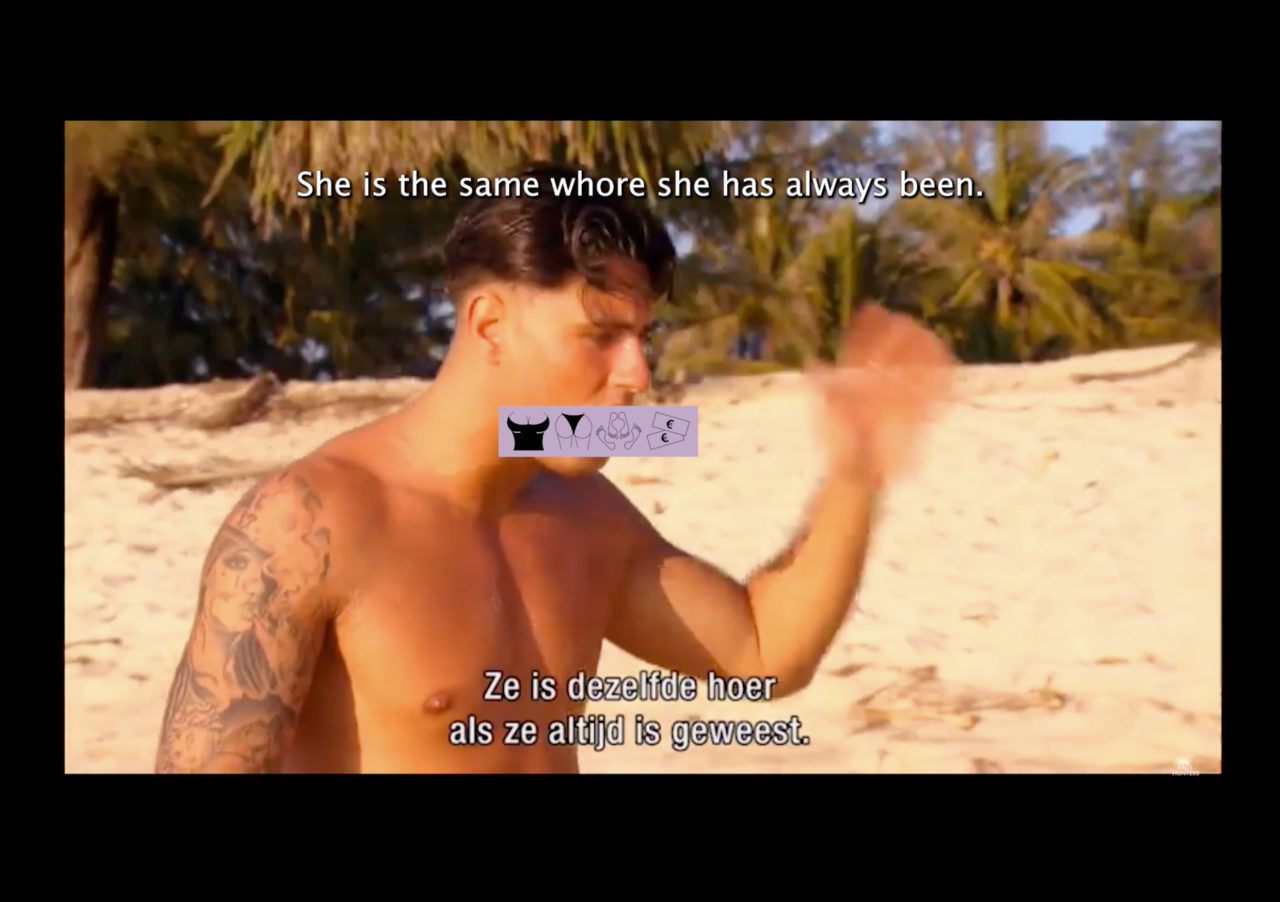How Curse Words Keep Gender Structures Alive

Project details
- Year
- 2023
- Programme
- Bachelor – Advertising & Beyond
- Practices
- social
- Minor
- Powerplay
Everyone swears from time to time. Swear words help express our frustrations and have many positive effects. Yet we would rather not have them thrown at our heads ourselves.
Since the last century, the Dutch have become very fond of swearing with gender-related words, think kut (cunt), hoer (whore), homo (gay) and klootzak (scumbag). Thanks to international cultural production, Dutch culture was also influenced by English swear words like bitch and fuck. Which we now also often hear in Dutch songs and movies.
Research shows that swear words reflect the norms and values of a culture. The many gender-related swear words play an important role in perpetuating existing and outdated gender structures. They degrade and exclude specific groups, including women and people who do not fit into the binary gender structure.
The relationship between language and gender is critical to understanding and challenging sexism and patriarchy. This project advocates for raising awareness of this issue. Not by providing a ready-made solution, but by exposing common swear words.
I explored how swear words can be used to achieve this through visual change. Ending with a new visual language that translates swear words into the symbols they stand for. By visualizing these words, we can create a common understanding of the words we say, their true meaning and their consequences.

How Curse Words Keep Gender Structures Alive includes an interactive book which explores the symbols that translate popular curse words into their true meaning. On the separate pages, readers can create different swear word combinations to see what their commonly used swear words truly say.

An additional video shows the different layers where swear words occur and the number of times we encounter swear words in our daily lives, focusing on cultural production.


